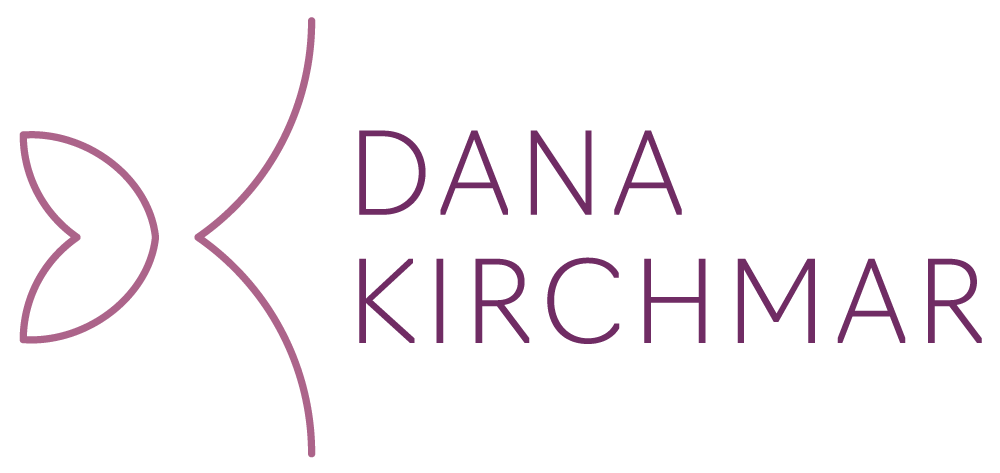
Emotional Interface Designer - Creating Tech that Understands You
What's the Gig?
Ever thought your devices should get you a little better? As an Emotional Interface Designer, you're the one to make it happen. This is where psychology meets technology. You're not just designing user interfaces; you're designing experiences that understand human emotion. Think facial recognition that can gauge mood, or an AI assistant that knows when you're stressed and adjusts accordingly.
What's on Your Desk?
Multiscreen setup for coding, wireframing tools for design, and a stack of psychology journals. Oh, and maybe a stress ball or fidget spinner—you've got to understand stress to alleviate it, right?
Skills and Schooling
Bachelor’s Degree: Human-Computer Interaction, Psychology, or related field.
User Experience (UX): Because the user's emotional journey is your roadmap.
Coding: HTML, CSS, maybe a bit of Python or JavaScript.
Psychology: Understanding human emotions isn't just an art; it's a science.
Data Analytics: To measure the effectiveness of your designs.
Who Will You High-Five?
You're teaming up with software engineers, UX researchers, data scientists, and maybe even a neuroscientist or two. You're all about that interdisciplinary life.
Where You Could Hang Your Hat
Affectiva: Leader in Emotion AI.
Apple: Think Siri, but more emotionally intelligent.
Facebook Reality Labs: Working on the next generation of virtual social interactions.
Google: Always on the lookout for ways to make tech more human-friendly.
Adobe: Because even creative software can be emotionally intelligent.
Why You Might Just Love This
Uncharted Territory: This is cutting-edge stuff; you’re not following trends, you're setting them.
Meaningful Impact: Your work will make tech more empathetic and accessible.
Constant Learning: With tech and human behavior always evolving, there's never a dull moment.
A Day in the Life of an Emotional Interface Designer
Morning: Testing and Tweaking
9:00 AM: Review the latest user feedback and emotional response data.
10:00 AM: Quick meeting with the team to discuss updates based on user emotional feedback.
Midday: Creative Brainstorm
11:30 AM: Sketch out some wireframe ideas for a new emotional feedback loop in the interface.
12:30 PM: Grab a lunch and maybe do a little emotional check-in with yourself.
Afternoon: Coding and Collaboration
2:00 PM: Deep dive into coding; you're building the next feature that recognizes user frustration.
3:30 PM: Sync up with the data science team to understand the latest emotional analytics.
Evening: Keeping Up with Trends
5:00 PM: Webinar or journal reading on emerging psychology theories that could impact your work.
6:00 PM: Wrap up and reflect on the emotional resonance of your designs.
Final Thoughts
Emotional Interface Design is, in essence, the perfect blend of STEAM. You've got technology, psychology, design, and a sprinkle of art to make it all come alive. If you're fascinated by the intersection of emotion and tech, this could be your dream job. 🤖💕
